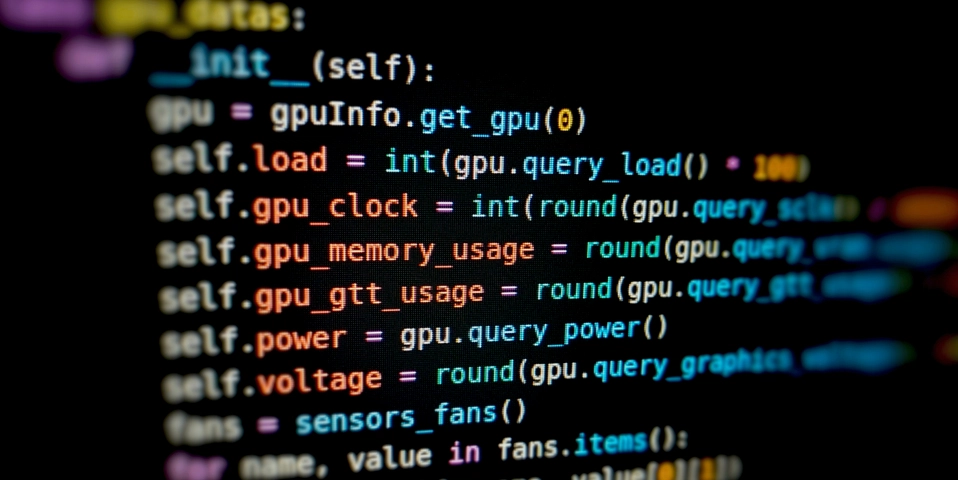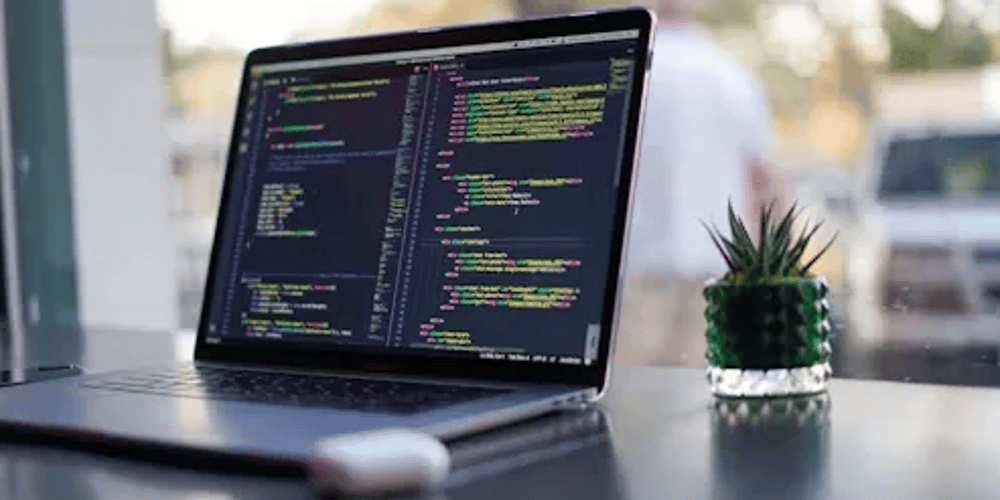Implementing an effective Application Security Programm: Strategies, techniques, and Tools for Optimal outcomes
AppSec is a multi-faceted, robust strategy that goes far beyond basic vulnerability scanning and remediation. A systematic, comprehensive approach is required to integrate security into every stage of development. The rapidly evolving threat landscape and the increasing complexity of software architectures are driving the need for an active, comprehensive approach. This comprehensive guide outlines the essential elements, best practices, and the latest technology to support a highly-effective AppSec program. It helps companies strengthen their software assets, minimize risks and promote a security-first culture. At the heart of the success of an AppSec program is an essential shift in mentality, one that recognizes security as a vital part of the process of development rather than a secondary or separate project. This paradigm shift necessitates the close cooperation between security teams as well as developers and operations personnel, removing silos and creating a sense of responsibility for the security of applications they develop, deploy and maintain. DevSecOps allows organizations to incorporate security into their development processes. It ensures that security is considered in all phases of development, from concept, design, and deployment all the way to the ongoing maintenance. The key to this approach is the establishment of clear security policies as well as standards and guidelines which provide a structure for secure coding practices, risk modeling, and vulnerability management. These guidelines should be based on industry standard practices, such as the OWASP Top Ten, NIST guidelines, as well as the CWE (Common Weakness Enumeration) as well as taking into consideration the specific demands and risk profiles of the organization's specific applications and business environment. These policies should be codified and made accessible to all parties to ensure that companies use a common, uniform security process across their whole application portfolio. To implement these guidelines and make them actionable for development teams, it is essential to invest in comprehensive security education and training programs. The goal of these initiatives is to provide developers with knowledge and skills necessary to write secure code, spot vulnerable areas, and apply best practices for security during the process of development. The training should cover a broad range of topics that range from secure coding practices and common attack vectors to threat modelling and principles of secure architecture design. By fostering a culture of constant learning and equipping developers with the tools and resources needed to implement security into their work, organizations can establish a strong base for an efficient AppSec program. Security testing is a must for organizations. and verification methods along with training to find and fix weaknesses prior to exploiting them. This requires a multi-layered strategy that incorporates static and dynamic analyses techniques in addition to manual code reviews as well as penetration testing. Static Application Security Testing (SAST) tools are able to analyse the source code of a program and to discover possible vulnerabilities, like SQL injection cross-site scripting (XSS), and buffer overflows in the early stages of the development process. ai in appsec Dynamic Application Security Testing tools (DAST) however, can be utilized to test simulated attacks against applications in order to detect vulnerabilities that could not be identified through static analysis. Although these automated tools are vital in identifying vulnerabilities that could be exploited at an escalating rate, they're not an all-purpose solution. Manual penetration testing by security experts is equally important to discover the business logic-related vulnerabilities that automated tools could overlook. Combining automated testing and manual validation, organizations are able to gain a better understanding of their security posture for applications and determine the best course of action based on the impact and severity of identified vulnerabilities. To enhance the efficiency of an AppSec program, companies should consider leveraging advanced technologies like artificial intelligence (AI) and machine learning (ML) to enhance their security testing capabilities and vulnerability management. AI-powered tools are able to analyze huge amounts of code and application data, and identify patterns and abnormalities that could signal security concerns. These tools also learn from vulnerabilities in the past and attack patterns, continually increasing their capability to spot and stop emerging security threats. AI powered application security ai in application security Code property graphs could be a valuable AI application in AppSec. They can be used to find and repair vulnerabilities more precisely and effectively. CPGs are a detailed representation of an application's codebase that captures not only its
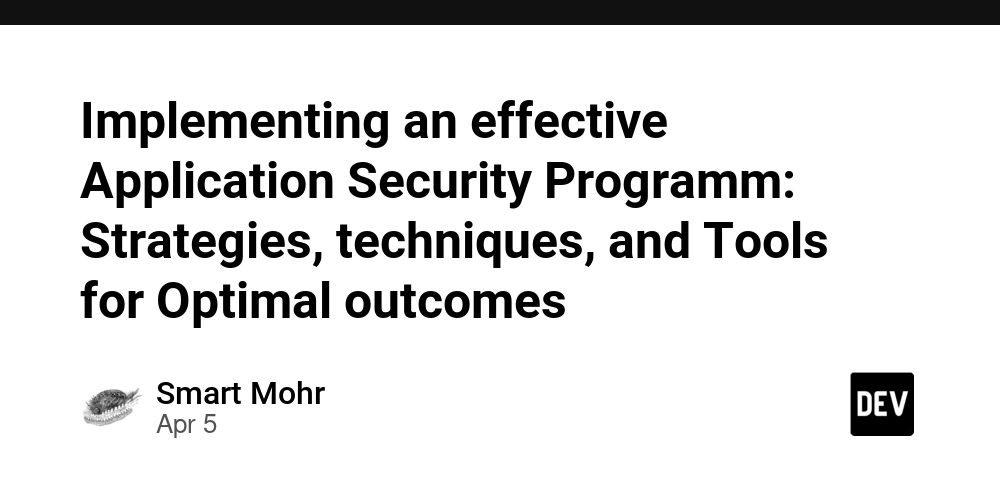
AppSec is a multi-faceted, robust strategy that goes far beyond basic vulnerability scanning and remediation. A systematic, comprehensive approach is required to integrate security into every stage of development. The rapidly evolving threat landscape and the increasing complexity of software architectures are driving the need for an active, comprehensive approach. This comprehensive guide outlines the essential elements, best practices, and the latest technology to support a highly-effective AppSec program. It helps companies strengthen their software assets, minimize risks and promote a security-first culture.
At the heart of the success of an AppSec program is an essential shift in mentality, one that recognizes security as a vital part of the process of development rather than a secondary or separate project. This paradigm shift necessitates the close cooperation between security teams as well as developers and operations personnel, removing silos and creating a sense of responsibility for the security of applications they develop, deploy and maintain. DevSecOps allows organizations to incorporate security into their development processes. It ensures that security is considered in all phases of development, from concept, design, and deployment all the way to the ongoing maintenance.
The key to this approach is the establishment of clear security policies as well as standards and guidelines which provide a structure for secure coding practices, risk modeling, and vulnerability management. These guidelines should be based on industry standard practices, such as the OWASP Top Ten, NIST guidelines, as well as the CWE (Common Weakness Enumeration) as well as taking into consideration the specific demands and risk profiles of the organization's specific applications and business environment. These policies should be codified and made accessible to all parties to ensure that companies use a common, uniform security process across their whole application portfolio.
To implement these guidelines and make them actionable for development teams, it is essential to invest in comprehensive security education and training programs. The goal of these initiatives is to provide developers with knowledge and skills necessary to write secure code, spot vulnerable areas, and apply best practices for security during the process of development. The training should cover a broad range of topics that range from secure coding practices and common attack vectors to threat modelling and principles of secure architecture design. By fostering a culture of constant learning and equipping developers with the tools and resources needed to implement security into their work, organizations can establish a strong base for an efficient AppSec program.
Security testing is a must for organizations. and verification methods along with training to find and fix weaknesses prior to exploiting them. This requires a multi-layered strategy that incorporates static and dynamic analyses techniques in addition to manual code reviews as well as penetration testing. Static Application Security Testing (SAST) tools are able to analyse the source code of a program and to discover possible vulnerabilities, like SQL injection cross-site scripting (XSS), and buffer overflows in the early stages of the development process. ai in appsec Dynamic Application Security Testing tools (DAST) however, can be utilized to test simulated attacks against applications in order to detect vulnerabilities that could not be identified through static analysis.
Although these automated tools are vital in identifying vulnerabilities that could be exploited at an escalating rate, they're not an all-purpose solution. Manual penetration testing by security experts is equally important to discover the business logic-related vulnerabilities that automated tools could overlook. Combining automated testing and manual validation, organizations are able to gain a better understanding of their security posture for applications and determine the best course of action based on the impact and severity of identified vulnerabilities.
To enhance the efficiency of an AppSec program, companies should consider leveraging advanced technologies like artificial intelligence (AI) and machine learning (ML) to enhance their security testing capabilities and vulnerability management. AI-powered tools are able to analyze huge amounts of code and application data, and identify patterns and abnormalities that could signal security concerns. These tools also learn from vulnerabilities in the past and attack patterns, continually increasing their capability to spot and stop emerging security threats.
AI powered application security ai in application security Code property graphs could be a valuable AI application in AppSec. They can be used to find and repair vulnerabilities more precisely and effectively. CPGs are a detailed representation of an application's codebase that captures not only its syntax but additionally complex dependencies and connections between components. AI-driven tools that utilize CPGs can provide an in-depth, contextual analysis of the security capabilities of an application, and identify weaknesses that might have been overlooked by traditional static analysis.
Furthermore, CPGs can enable automated vulnerability remediation with the use of AI-powered repair and transformation techniques. Through understanding the semantic structure of the code as well as the characteristics of the vulnerabilities, AI algorithms can generate specific, context-specific fixes that target the root of the issue rather than merely treating the symptoms. This approach not only accelerates the remediation process but lowers the chance of creating new security vulnerabilities or breaking functionality that is already in place.
Integrating security testing and validation in the continuous integration/continuous deployment (CI/CD) pipeline is another crucial element of a successful AppSec. autonomous agents for appsec Through automating security checks and integrating them into the build and deployment processes, companies can spot vulnerabilities early and avoid them making their way into production environments. This shift-left security approach allows more efficient feedback loops, which reduces the amount of time and effort required to identify and remediate issues.
To reach the required level, they should invest in the right tools and infrastructure that can assist their AppSec programs. This goes beyond the security tools but also the platform and frameworks that allow seamless automation and integration. autonomous AI Containerization technologies like Docker and Kubernetes are crucial in this regard, since they provide a reproducible and consistent setting for testing security and isolating vulnerable components.
In addition to technical tooling, effective communication and collaboration platforms can be crucial in fostering the culture of security as well as enabling cross-functional teams to collaborate effectively. Issue tracking tools such as Jira or GitLab can assist teams to determine and control security vulnerabilities. Chat and messaging tools such as Slack or Microsoft Teams can facilitate real-time collaboration and sharing of information between security experts as well as development teams.
The effectiveness of any AppSec program is not solely dependent on the technology and instruments used as well as the people who help to implement it. To establish a culture that promotes security, you must have the commitment of leaders in clear communication as well as a dedication to continuous improvement. By creating a culture of shared responsibility for security, encouraging open discussion and collaboration, and supplying the necessary resources and support organisations can create an environment where security is not just a checkbox but an integral component of the development process.
In order for their AppSec programs to continue to work in the long run organisations must develop significant metrics and key-performance indicators (KPIs). These KPIs help them keep track of their progress and identify improvements areas. These metrics should span the entire application lifecycle, from the number of vulnerabilities discovered in the initial development phase to time taken to remediate issues and the overall security level of production applications. By constantly monitoring and reporting on these metrics, businesses can demonstrate the value of their AppSec investments, recognize patterns and trends and make informed decisions regarding the best areas to focus their efforts.
To keep pace with the constantly changing threat landscape and new practices, businesses must continue to pursue learning and education. This might include attending industry-related conferences, participating in online training courses, and collaborating with external security experts and researchers to keep abreast of the latest technologies and trends. Through fostering a culture of constant learning, organizations can ensure that their AppSec program is able to adapt and resilient in the face new threats and challenges.
It is crucial to understand that application security is a continual process that requires constant investment and commitment. As new technologies emerge and practices for development evolve companies must constantly review and update their AppSec strategies to ensure they remain efficient and aligned with their goals for business. By embracing a mindset of continuous improvement, fostering collaboration and communication, and harnessing the power of new technologies like AI and CPGs, businesses can create a strong, adaptable AppSec program that not only protects their software assets, but helps them innovate with confidence in an ever-changing and challenging digital world.ai in application security




































































![Tariffs Threaten Apple's $999 iPhone Price Point in the U.S. [Gurman]](https://www.iclarified.com/images/news/96943/96943/96943-640.jpg)
![iPhone 17 Pro Won't Feature Two-Toned Back [Gurman]](https://www.iclarified.com/images/news/96944/96944/96944-640.jpg)

![New Apple iPad mini 7 On Sale for $399! [Lowest Price Ever]](https://www.iclarified.com/images/news/96096/96096/96096-640.jpg)

































































































 (1).webp?#)




_Christophe_Coat_Alamy.jpg?#)











































































![[The AI Show Episode 142]: ChatGPT’s New Image Generator, Studio Ghibli Craze and Backlash, Gemini 2.5, OpenAI Academy, 4o Updates, Vibe Marketing & xAI Acquires X](https://www.marketingaiinstitute.com/hubfs/ep%20142%20cover.png)
























































































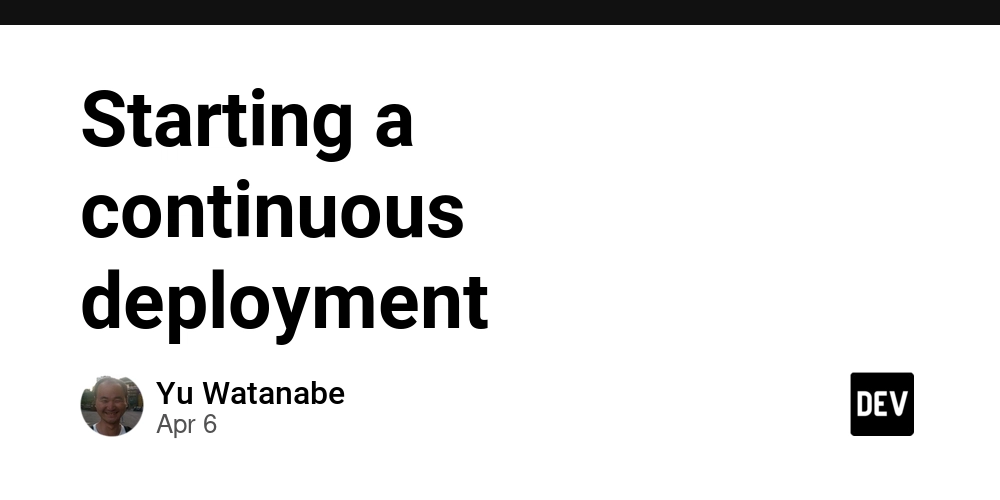

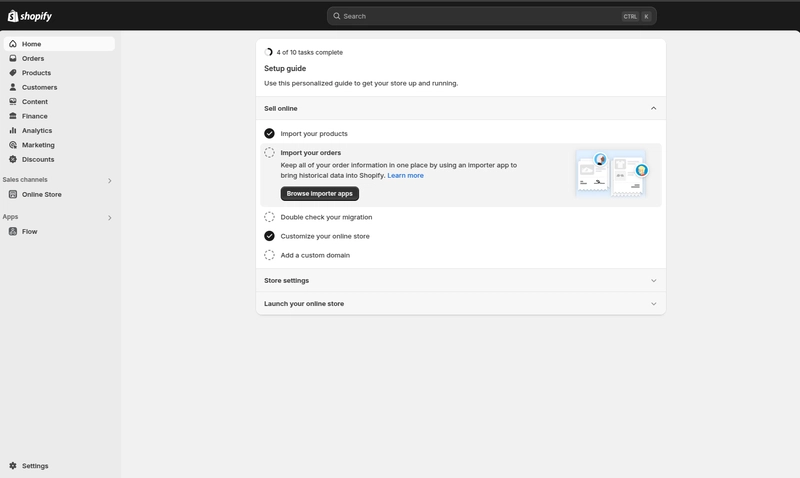





































![From drop-out to software architect with Jason Lengstorf [Podcast #167]](https://cdn.hashnode.com/res/hashnode/image/upload/v1743796461357/f3d19cd7-e6f5-4d7c-8bfc-eb974bc8da68.png?#)



![[DEALS] The Premium Learn to Code Certification Bundle (97% off) & Other Deals Up To 98% Off – Offers End Soon!](https://www.javacodegeeks.com/wp-content/uploads/2012/12/jcg-logo.jpg)



































.jpg?#)


.png?#)
















































